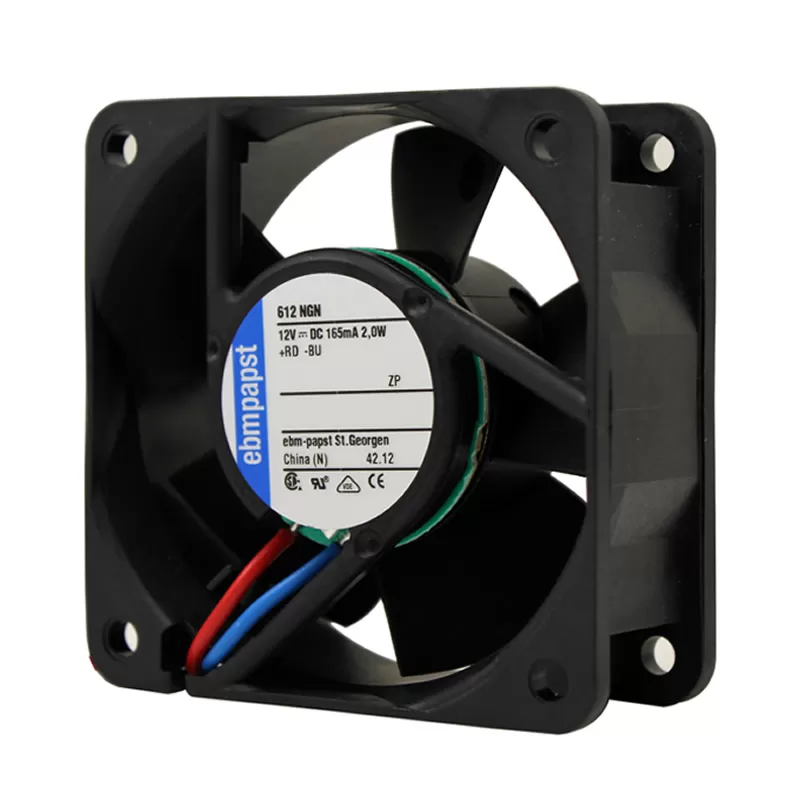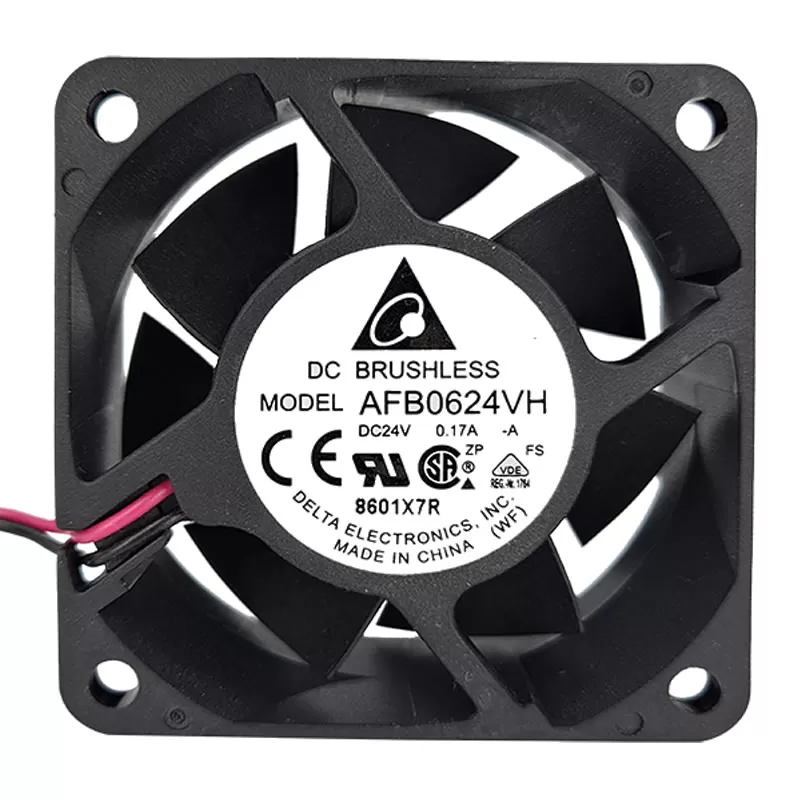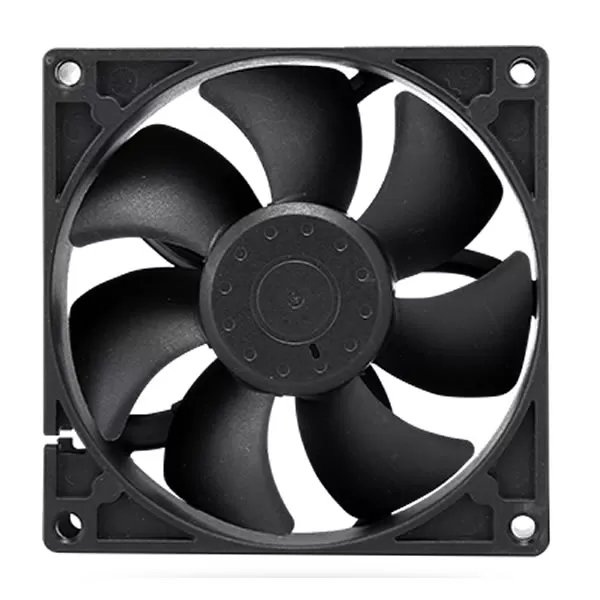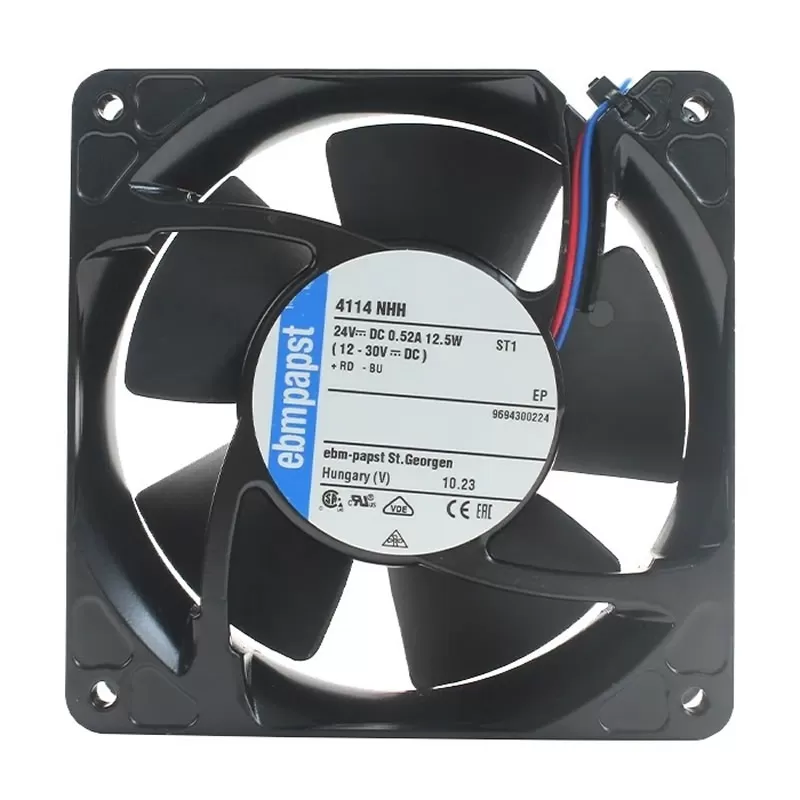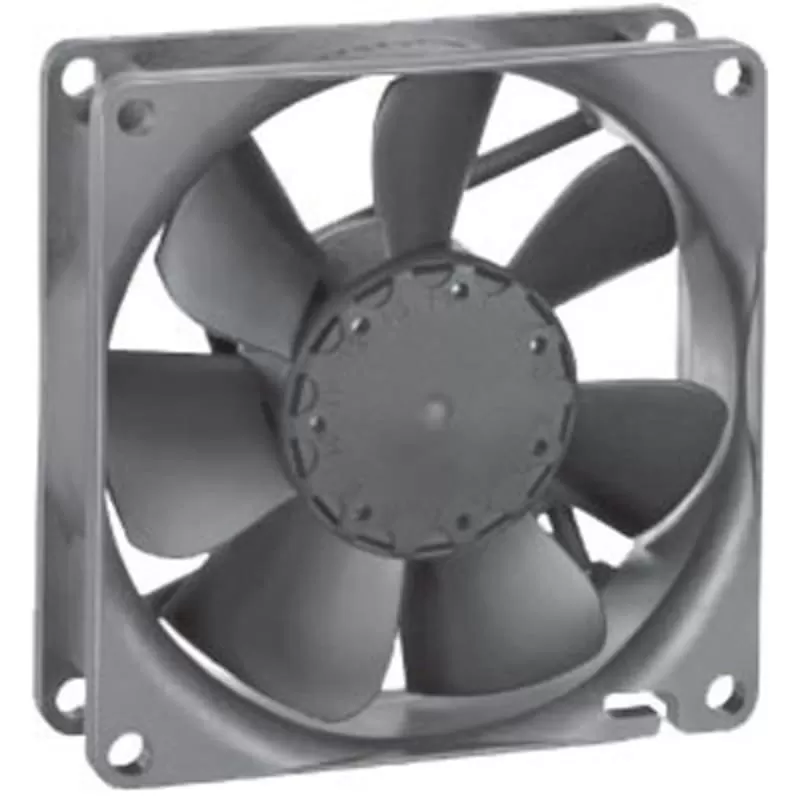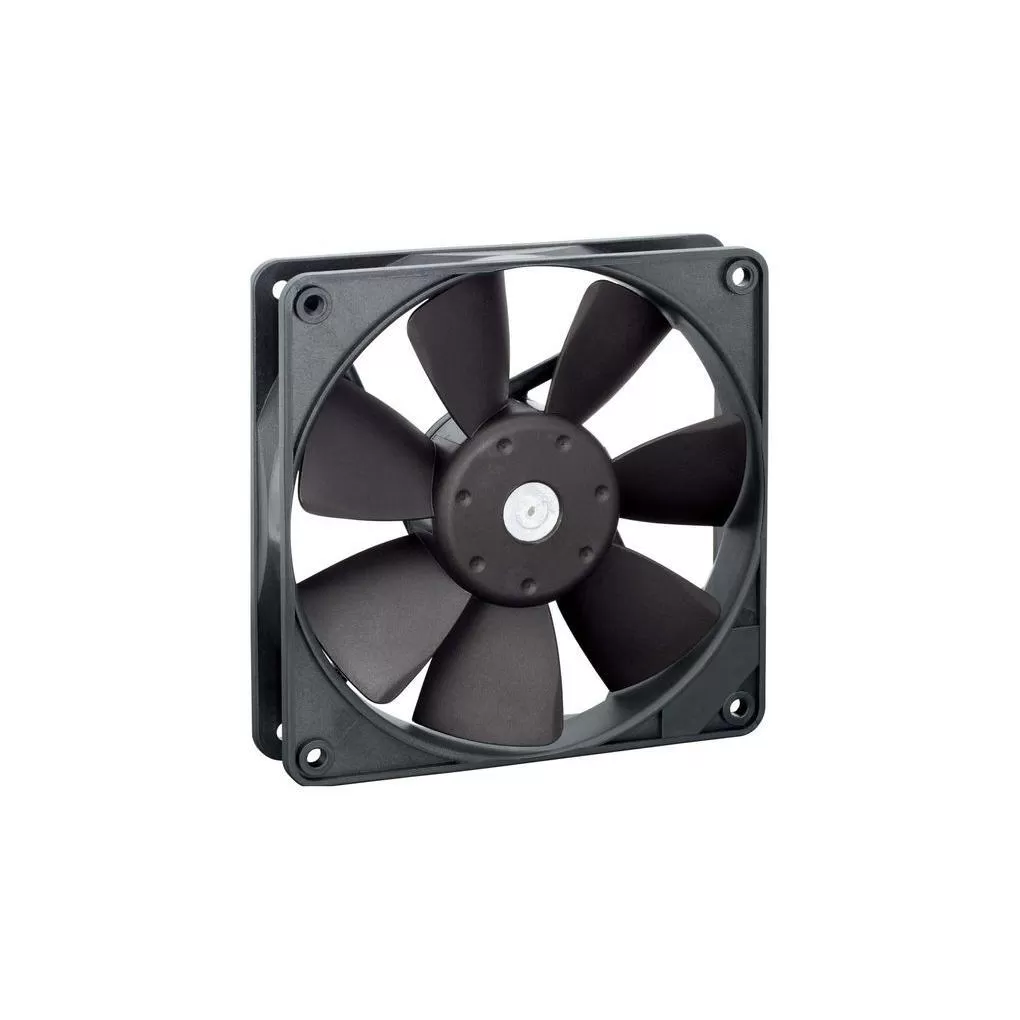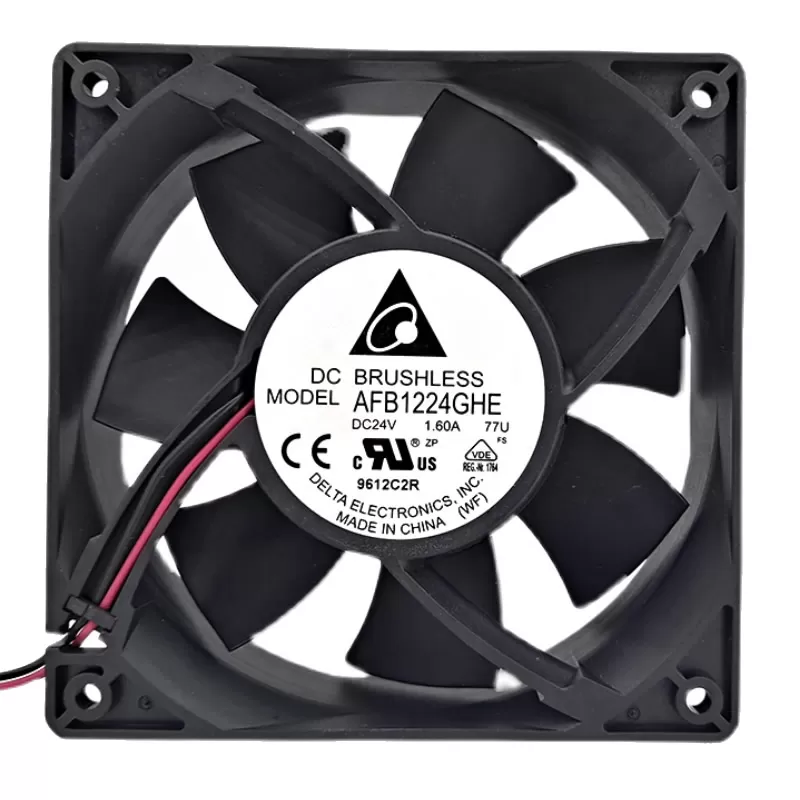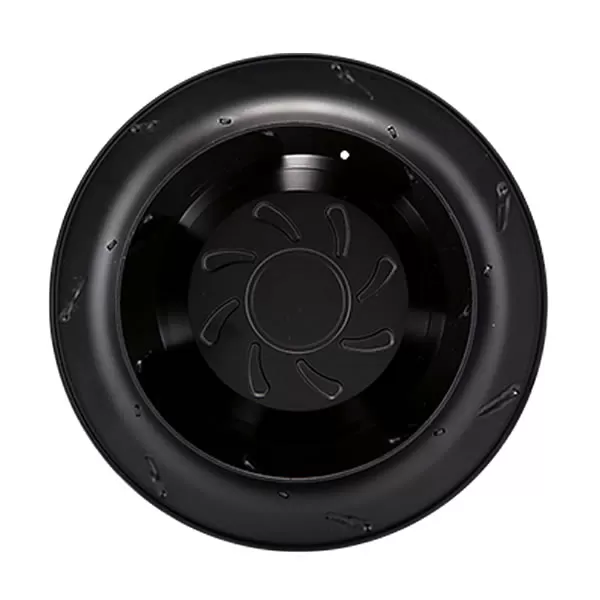The service life of an axial fan varies significantly based on design, quality, operating conditions, and maintenance. Below is a detailed technical breakdown of factors influencing its longevity, formatted to meet professional engineering standards:
1. Typical Service Life Ranges
Axial fan lifespan is commonly measured in operating hours, with ranges defined as follows:
- Consumer-grade fans (e.g., computer case fans, household appliances):
- Oil-impregnated sleeve bearings: 30,000–50,000 hours (3.5–5.7 years at continuous 24/7 operation).
- Ball bearings: 50,000–100,000 hours (5.7–11.4 years at continuous 24/7 operation).
- Industrial/commercial-grade fans (e.g., HVAC, industrial ventilation systems):
- Ball bearings or premium-grade bearings: 100,000–200,000 hours (11.4–22.8 years at continuous 24/7 operation), engineered for heavy-duty cycles.
2. Critical Factors Impacting Longevity
(1) Bearing Technology
- Sleeve Bearings (Oil-impregnated):
- Cost-effective and quiet but rely on lubricating oil that degrades over time, especially in high-temperature or dusty environments. Lifespan is limited, often requiring periodic lubrication maintenance.
- Ball Bearings:
- Utilize metallic balls to minimize friction, offering superior durability, thermal resistance, and extended life. Insensitive to harsh conditions and typically maintenance-free, ideal for prolonged operation.
- Advanced Bearing Types:
- Magnetic levitation bearings or hybrid designs in premium models can achieve >150,000 hours but at higher procurement costs.
(2) Operational Environment
- Temperature Stress: Exceeding 60°C accelerates lubricant degradation and component wear. Fans in thermally managed environments outperform those in high-heat zones.
- Contamination Exposure: Dust accumulation on blades or within bearings increases frictional losses and thermal load. Regular cleaning is mandatory in dusty applications.
- Humidity Effects: Excessive moisture causes corrosion in metallic components or electrical systems, particularly in unsealed designs.
(3) Load & Duty Cycle
- Continuous vs. Intermittent Operation: 24/7 operation accelerates wear compared to sporadic use.
- Vibration & Dynamic Loads: High-speed operation or unbalanced blades induce mechanical stress on bearings and motor assemblies. Anti-vibration mounting systems mitigate this risk.
- Electrical Parameters: Voltage fluctuations or prolonged overloads degrade motor windings, reducing service life.
(4) Engineering & Manufacturing Quality
- Component Grade: Premium fans feature high-tolerance bearings, copper-wound motors, and reinforced composite/metallic blades, whereas budget models may use inferior materials.
- Dynamic Balancing: Precision-balanced impellers reduce vibration amplitudes, while optimized motor designs minimize heat generation for prolonged reliability.
3. Maintenance Protocols for Longevity
- Routine Cleaning: Remove dust deposits from blades and airflow paths to maintain aerodynamic efficiency and reduce frictional heating.
- Lubrication Schedule: For sleeve-bearing fans, apply silicone-based lubricant at manufacturer-recommended intervals to prevent oil depletion.
- Vibration Analysis: Ensure secure mounting and balanced impellers; use vibration sensors for predictive maintenance in critical applications.
- Environmental Control: Deploy air filters in dusty environments and maintain ambient temperatures below the manufacturer’s specified limits.
- Condition Monitoring: Monitor for abnormal acoustic signatures (e.g., grinding, rattling) or reduced airflow, indicative of bearing wear or motor degradation.
4. Industry Case Studies
- Computer Cooling Fans: 3–5 years under typical daily use, dependent on dust accumulation and chassis temperature.
- Industrial Ventilation Systems: 10+ years in well-maintained setups with ball bearings and environmental controls.
- Automotive Radiator Fans: 5–8 years in standard operating conditions, affected by engine bay heat and vibration.
Technical Summary
Axial fan service life is inherently application-dependent. Consumer-grade units typically offer 3–10 years (30,000–100,000 hours), while industrial models can exceed two decades with proper engineering and maintenance. For precise specifications, consult the OEM’s technical datasheet for expected life under rated conditions, and implement a proactive maintenance program to maximize reliability.
This document adheres to ISO technical writing standards, utilizing industry-recognized terminology and structured formatting for clarity in engineering contexts.

